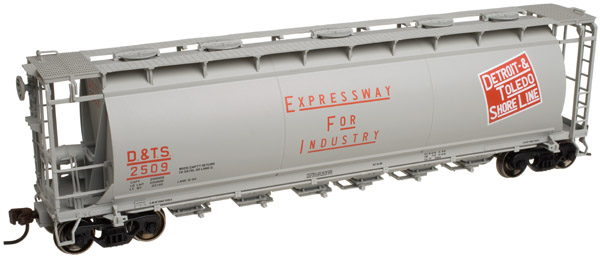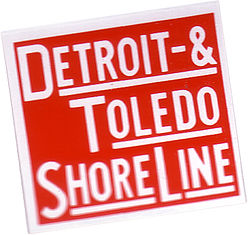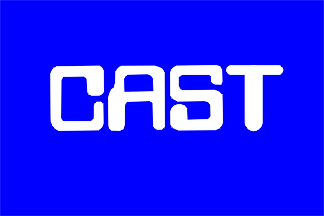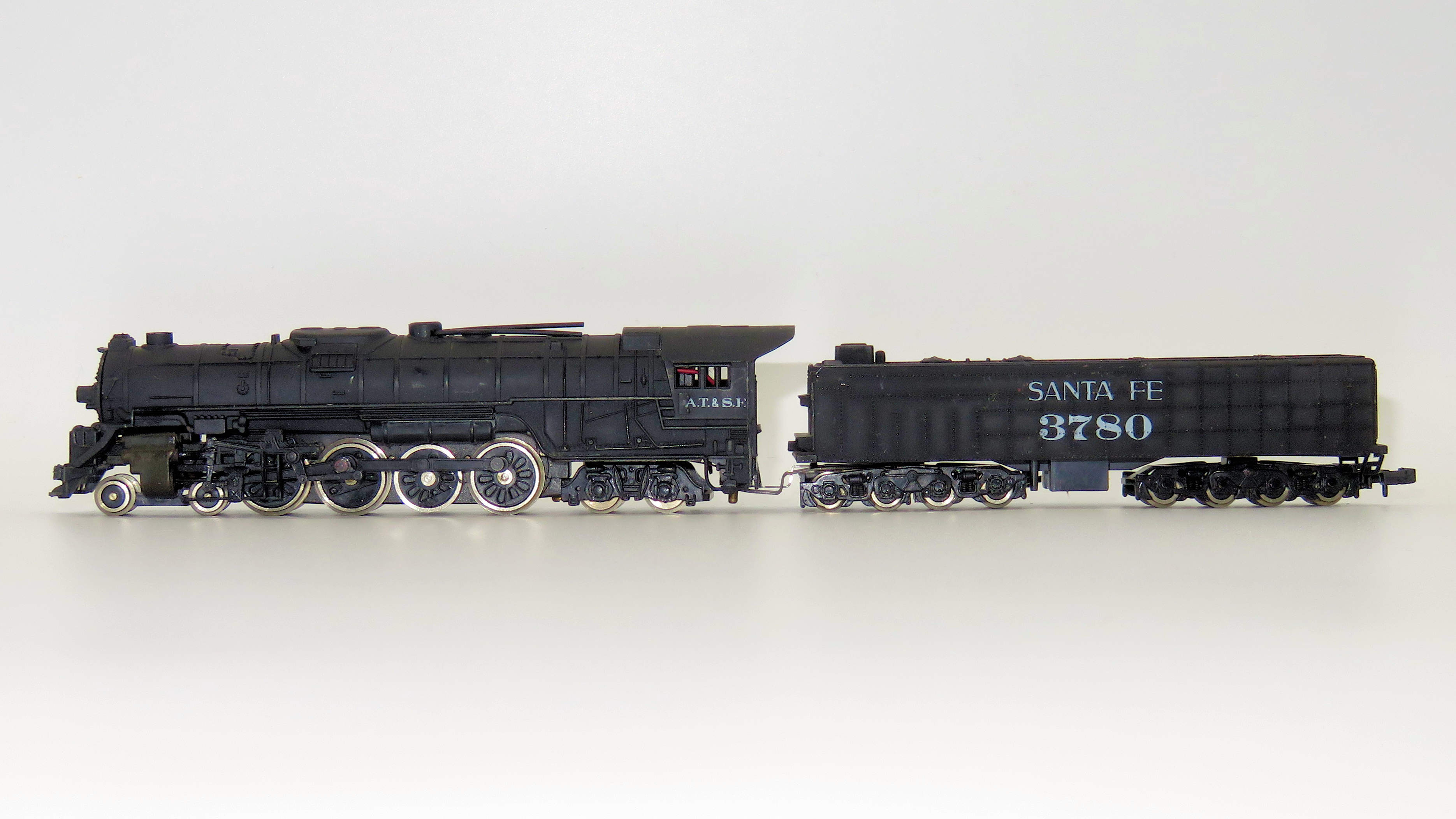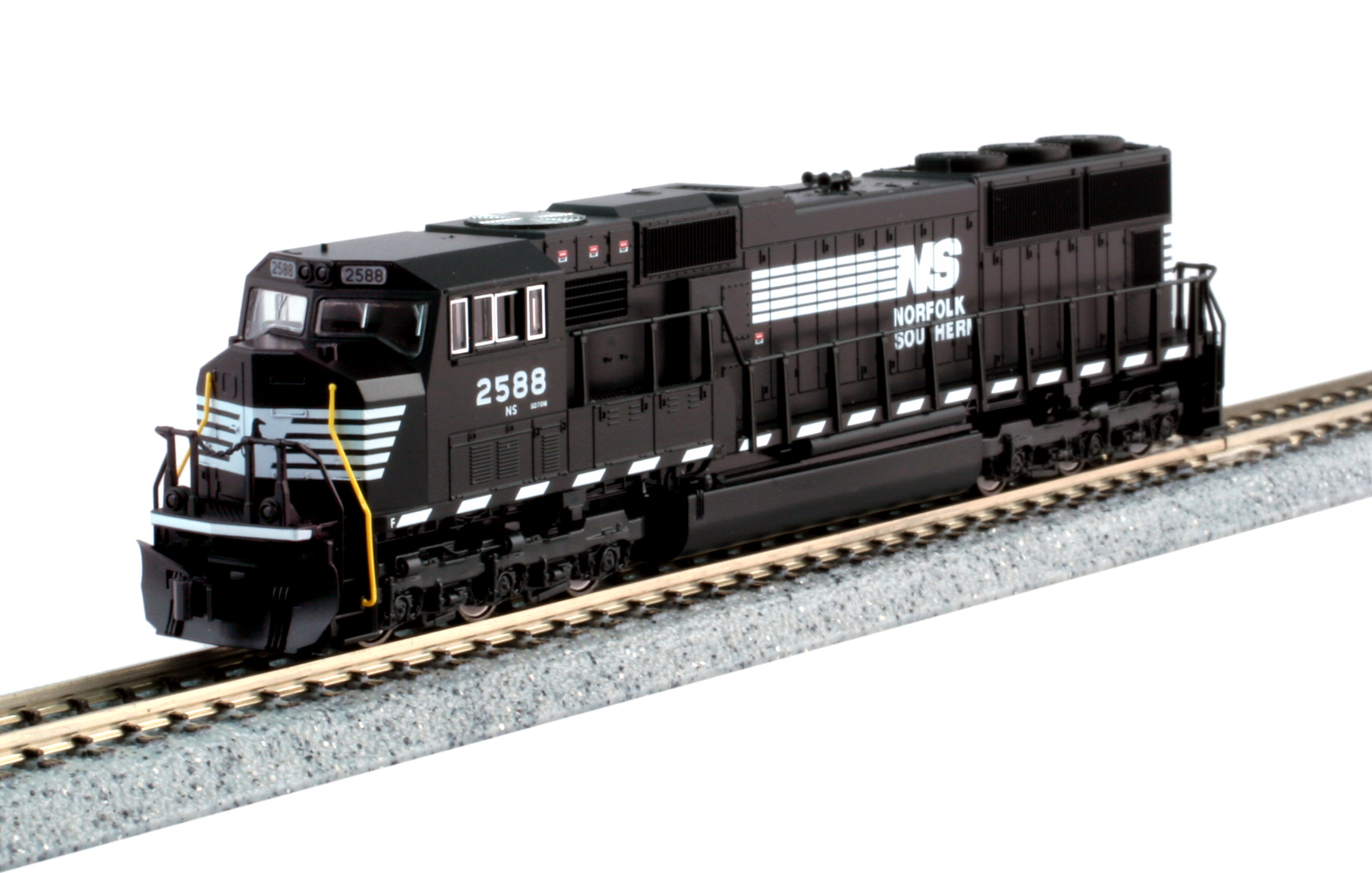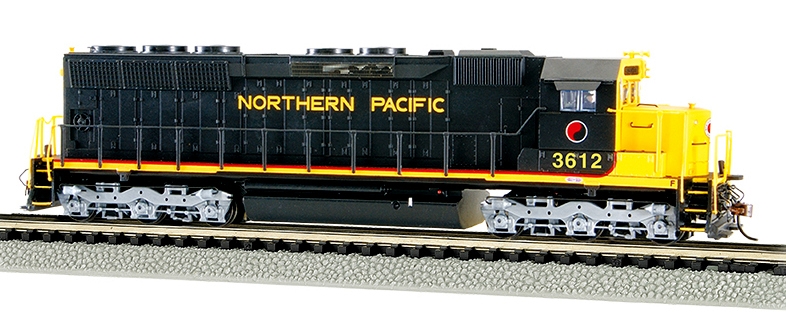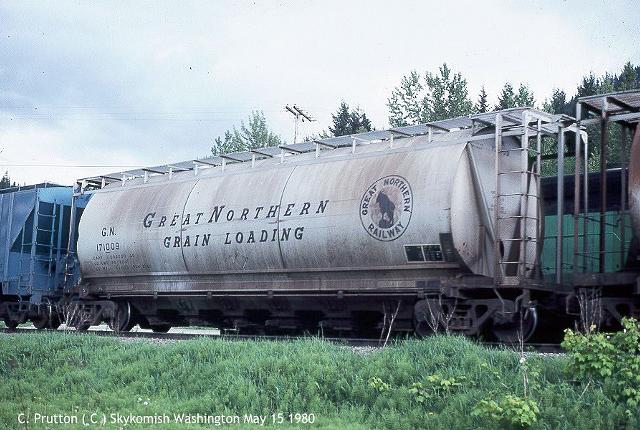Body Style Information: Introduced in 1961 by ACF® to haul sand, clay, salt, grain and bulk plastics, the Cylindrical Hopper was the first commercially successful tank-type covered hopper car design. A few of the more than 4,000 cars of this type built through 1966 can still be seen in service today across the United States.
Prototype Information: ACF introduced their roundish cylindrical hoppers in the early 1960s. The cars differed greatly from the ribbed sided hoppers of the era. They have been made in 3-bay and 6-bay variations. These cylindrical hoppers were superseded on ACF’s production line by the Centerflow in 1964, a revolutionary design that influenced later covered hopper types. In the late 60s or early 70s Canada came out with 4-bay covered hoppers that appear to be derived from ACF’s pre-Centerflow cylindrical hoppers. These cars were used by CN, CP and various smaller Canadian shippers. There is some question as to why the Canadian builder based their design off the older cylindrical and not ACF’s newer Centerflow. It was likely a patent issue and copying it could have triggered legal action against the Canadian builders. There are also certain structural design differences between the cylindrical and centerflow cars and perhaps the decision to copy the cylindrical was based on the greater volume capacity of the cylindrical design.
Road/Company Information: The D&TS was built just after the turn of the 20th Century, originally as a fast interurban line connecting Toledo with Detroit. With construction well underway (about 3/4 of the way to Detroit) and some of the trolley wire up, the backers started to run out of money and sold the line to Grand Trunk Western and The Clover Leaf Route, with each getting half. This would give GTW (which blanketed southern Michigan) a friendly connection to the rail hubs at Toledo. The Clover Leaf (officially the Toledo St. Louis & Western) got a friendly connection to Detroit. The trolley wire came down and the track was upgraded to GTW standards. From then on, Detroit & Toledo Shore Line was a multi-track 59 mile speedway for freight. Ironically for a line conceived as an interurban, the D&TS never offered passenger service. Later, they would adopt the motto, “Expressway for Industry.” In 1923, the Nickel Plate Road merged the Clover Leaf and took over their half of the D&TS.
In the steam era, about 30 locomotives were required to run the line. 2-8-2’s and 2-8-0’s handled the road traffic while USRA 0-8-0’s and some smaller switchers worked the yards. The D&TS dieselized in the early 50s with just three EMD models, SW7s and SW9s for switching and GP7s for road service. The 1953 batch of geeps was the last locomotives bought by the railroad! These were delivered in a yellow-over-blue paint scheme. The narrowly focused roster made the shop crews experts at getting the most from the fleet and keeping them running for the next three decades.
The crooked square logo is a nod to Grand Trunk Western while the black and yellow paint scheme adopted around 1959 is a nod to the Nickel Plate. In 1964, the Nickel Plate was merged into Norfolk & Western so they took the 50% stake in the D&TS. The Shore Line kept the Nickel Plate-esque paint scheme until the end however.
D&TS trains routinely ran north past Detroit and into Flint on GTW tracks, while GTW trains ran south all the way to the Toledo Terminal loop. After the 1964 N&W-Nickel Plate-Wabash merger, N&W had a better line west out of Detroit on the former Wabash rather than using the D&TS and the old Clover Leaf (which had been built on the cheap.) From then on, the D&TS became much more important to the GTW than to the N&W. In 1981, N&W finally sold their half to the Grand Trunk Western and the Detroit & Toledo Shore Line was merged into the GTW.
In the steam era, about 30 locomotives were required to run the line. 2-8-2’s and 2-8-0’s handled the road traffic while USRA 0-8-0’s and some smaller switchers worked the yards. The D&TS dieselized in the early 50s with just three EMD models, SW7s and SW9s for switching and GP7s for road service. The 1953 batch of geeps was the last locomotives bought by the railroad! These were delivered in a yellow-over-blue paint scheme. The narrowly focused roster made the shop crews experts at getting the most from the fleet and keeping them running for the next three decades.
The crooked square logo is a nod to Grand Trunk Western while the black and yellow paint scheme adopted around 1959 is a nod to the Nickel Plate. In 1964, the Nickel Plate was merged into Norfolk & Western so they took the 50% stake in the D&TS. The Shore Line kept the Nickel Plate-esque paint scheme until the end however.
D&TS trains routinely ran north past Detroit and into Flint on GTW tracks, while GTW trains ran south all the way to the Toledo Terminal loop. After the 1964 N&W-Nickel Plate-Wabash merger, N&W had a better line west out of Detroit on the former Wabash rather than using the D&TS and the old Clover Leaf (which had been built on the cheap.) From then on, the D&TS became much more important to the GTW than to the N&W. In 1981, N&W finally sold their half to the Grand Trunk Western and the Detroit & Toledo Shore Line was merged into the GTW.
Brand/Importer Information: In 1924 Stephan Schaffan, Sr. founded the Atlas Tool Company in Newark, New Jersey. In 1933 his son, Stephan Schaffan, Jr., came to work for his father at the age of sixteen. Steve Jr. built model airplanes as a hobby and frequented a local hobby shop. Being an enterprising young man, he would often ask the owner if there was anything he could do to earn some extra spending money. Tired of listening to his requests, the hobby-store owner threw some model railroad track parts his way and said, "Here, see if you can improve on this".
Atlas has made a ton of wonderful products throughout the years and we often get questions one whether we have run a certain road name on a particular model. It should be noted that Atlas locomotives and rolling stock are greatly appreciated for their superior operating and running characteristics. Atlas products are also well known for their outstanding collectability not only due to their superior prototypical workmanship, details and decoration, but because there are relatively so few of them made. Each and every production run has been carefully built to market demand, meaning almost every piece in any given run is sold out by Atlas on arrival or shortly thereafter, thus creating a built in collectors market.
Atlas has made a ton of wonderful products throughout the years and we often get questions one whether we have run a certain road name on a particular model. It should be noted that Atlas locomotives and rolling stock are greatly appreciated for their superior operating and running characteristics. Atlas products are also well known for their outstanding collectability not only due to their superior prototypical workmanship, details and decoration, but because there are relatively so few of them made. Each and every production run has been carefully built to market demand, meaning almost every piece in any given run is sold out by Atlas on arrival or shortly thereafter, thus creating a built in collectors market.
Item created by: devsummers428 on 2020-11-05 13:49:47. Last edited by Alain LM on 2020-11-21 05:38:59
If you see errors or missing data in this entry, please feel free to log in and edit it. Anyone with a Gmail account can log in instantly.
If you see errors or missing data in this entry, please feel free to log in and edit it. Anyone with a Gmail account can log in instantly.


